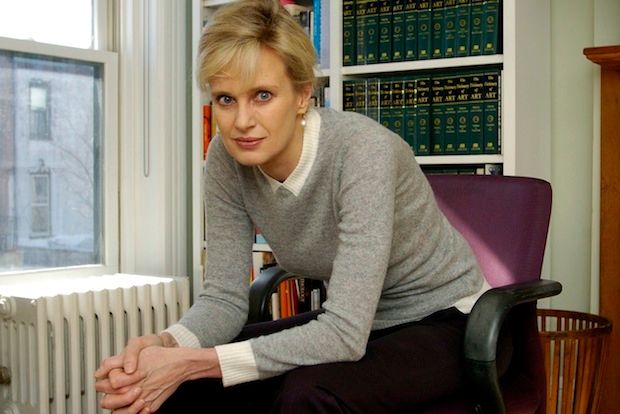Siri Hustvedt’s new novel isn’t exactly an easy read — but the casual bookshop browser should be reassured that it’s nowhere near as punishing as the opening pages might suggest. In the ‘editor’s introduction’ we’re told that what follows is an anthology of writings by and about the late artist Harriet Burden — known to friends as Harry — with her own contributions taken from a series of notebooks labelled by letters of the alphabet:
Notebook H, on Edmund Husserl, has pages on Husserl’s idea about ‘the intersubjective constitution of objectivity’ and the consequences of such an idea on the natural sciences… Q is devoted to quantum theory and its possible use for a theoretical model of the brain.
At this point, even the most high-minded of book-lovers may feel in no rush to read on. Not to do so, however, would be a bad mistake — because The Blazing World gradually proves both intellectually and emotionally gripping.
The widow of a wealthy New York art dealer, Harry had responded to years of critical neglect by putting on three exhibitions, each passed off as the work of an existing younger male artist. In this way, she’d investigate ‘why people see what they see’. Had her identity been known, would these exhibitions still have been praised for their daring? Or would they look ‘old-womanish all of a sudden’?
The other voices in the novel belong to an extensive range of friends, family, collaborators and commentators — and Hustvedt does all of them with equal authority: from Harry’s loving but occasionally exasperated daughter Maisie to the gay black artist who fronts her second exhibition; from Harry’s loving but occasionally exasperated partner Bruno to a flaky New-Age assistant. Despite her obvious admiration for her protagonist, Hustvedt is never afraid of letting us hear the case for the prosecution either.








Comments
Join the debate for just £1 a month
Be part of the conversation with other Spectator readers by getting your first three months for £3.
UNLOCK ACCESS Just £1 a monthAlready a subscriber? Log in